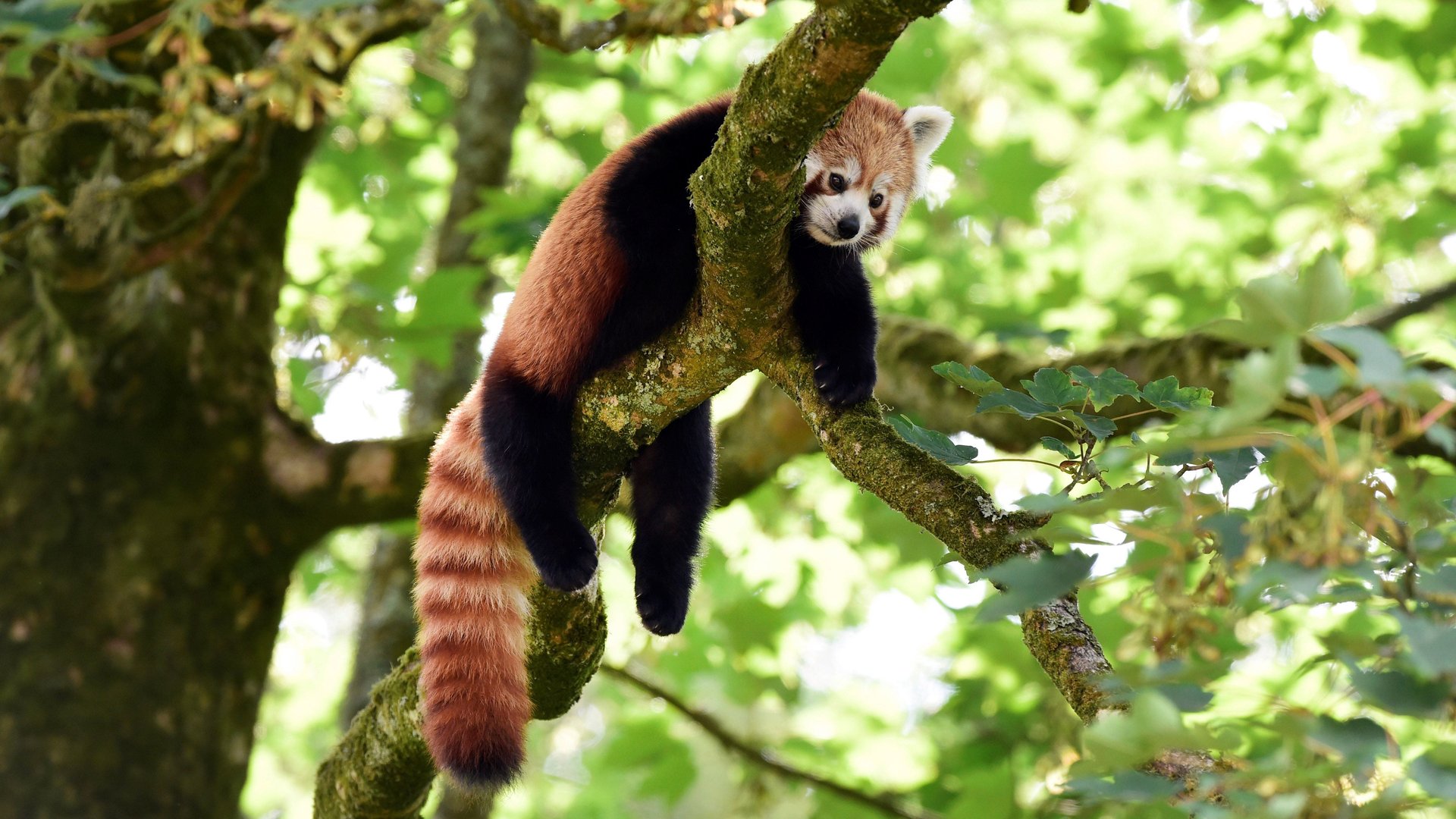Human land use will likely drive 1,700 species to extinction
As many as 1,700 species are facing extinction in the next half-century, thanks to humans reshaping their natural habitats.


As many as 1,700 species are facing extinction in the next half-century, thanks to humans reshaping their natural habitats.
The list, compiled in a study published this week in the journal Nature Climate Change, features some familiar names, too: monarch butterflies, red-crowned cranes, bearcats, and Siamese crocodiles—all of them threatened by the same, almost-certain doom.
Species that live in Central and East Africa, Mesoamerica, South America, and Southeast Asia are expected to suffer the greatest risk of habitat loss and extinction.
“While biodiversity erosion in far-away parts of the planet may not seem to affect us directly, its consequences for human livelihood can reverberate globally,” said Walter Jetz, a Yale University ecology professor and co-author of the study.
Jetz said that even if some of the animals live in remote parts of the planet, people in the the developing world are still complicit in their demise. The demand for tropical hardwood floors, palm oil, and soybeans—among other things—fundamentally reshapes habitats so drastically that life for many of these animals becomes too tough to navigate.
The Yale researchers behind the study came to their conclusion by analyzing the distribution of about 19,400 species across the globe and examining how they might be impacted by changes to the land projected under four different scenarios. Their work took into account anticipated developments in global society, demographics, and economics as the globe continues to change, in part because of the effects of climate change.
“Our analyses allow us to track how political and economic decisions—through their associated changes to the global land cover—are expected to cause habitat range declines in species worldwide,” Jetz said in a statement. The work was presented on what’s called a “Map of Life,” which allows people to explore how specific species will fare as their habitats change.
Already this year National Geographic reported that the Australian government recognized the Bramble Cay melomys, a small rodent species that lived on a single island off the coast of the country, as the first mammal species to go extinct as a result of climate change.
How humans use the Earth’s land notwithstanding, previous research has shown that climate change alone is going to give about half of plant and animal species on the planet a tough go. “Hotter days, longer periods of drought, and more intense storms are becoming the new normal, and species around the world are already feeling the effects,” said Nikhil Advani, of the World Wildlife Federation.